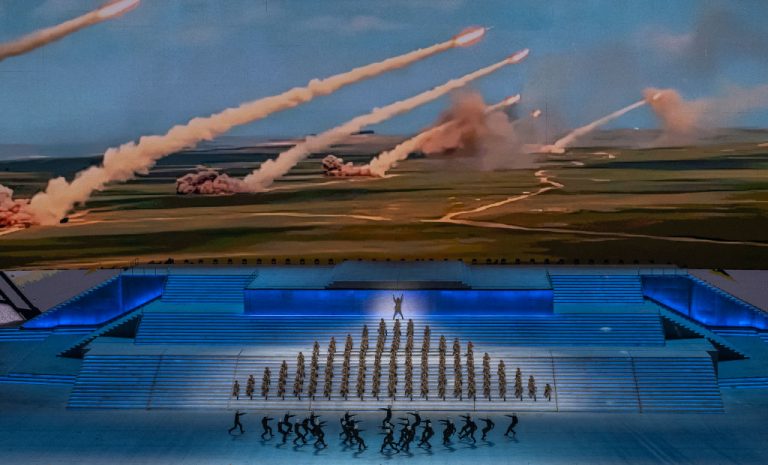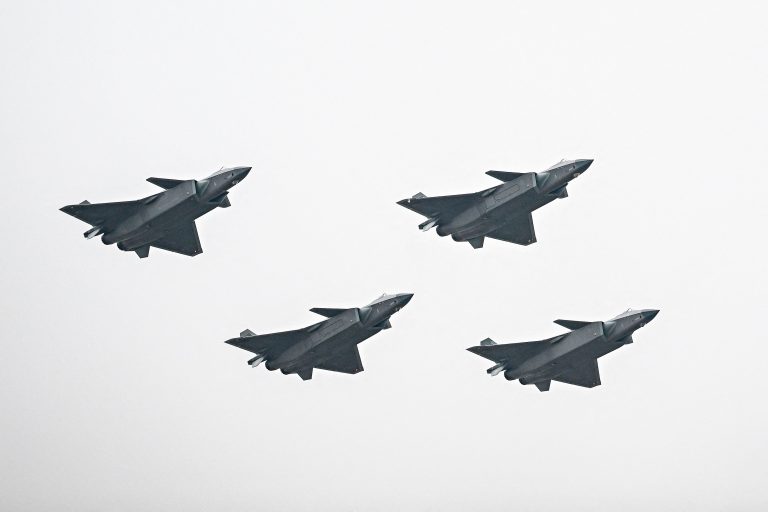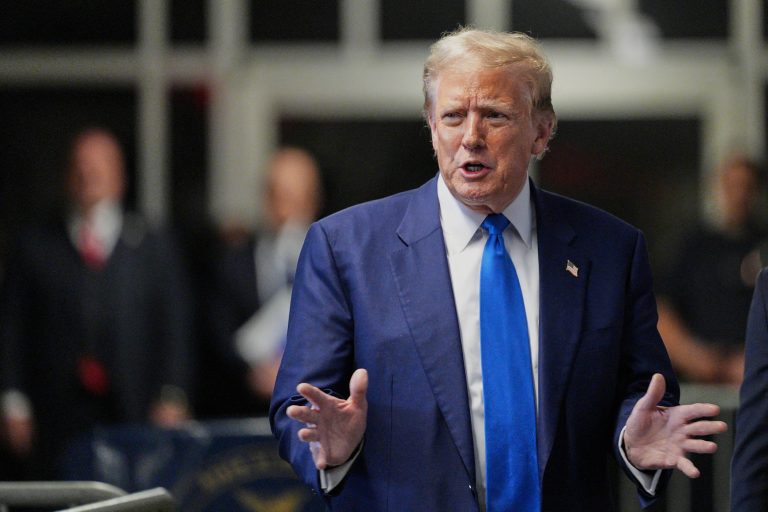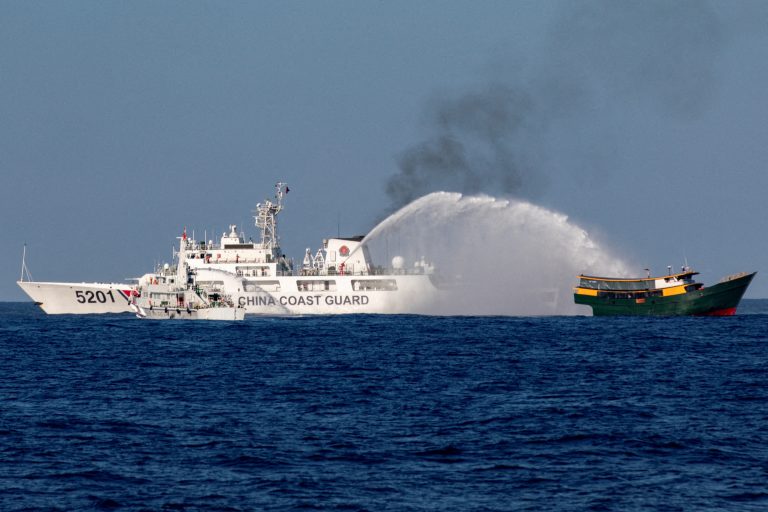In October, the Financial Times (FT) reported that China had conducted two tests of hypersonic weapons over the summer. The first test, conducted on July 27, saw a nuclear-capable hypersonic glide vehicle fly over earth for the first time ever. A second hypersonic test was carried out on Aug. 13. Three anonymous sources who were familiar with the matter stated that the test stunned the U.S. intelligence apparatus and the Pentagon.
Hypersonic missiles can travel faster than the speed of sound and have several advantages over traditional ballistic missiles. In addition to its higher speeds, hypersonic missiles are powered by engines that give them great maneuverability. Since it can fly at lower altitudes, it is harder to detect. In contrast, ballistic missiles are easier to intercept due to their predictable trajectories.
Experts are worried about Beijing’s rising hypersonic missile capabilities. In 2020, the American Navy had displayed the ability to intercept intercontinental ballistic missiles. With the hypersonic tests, Beijing might be considering orbital strikes as a way to counter this American capability.
“I certainly can’t think of any technical precedent to a hypersonic glide vehicle releasing some sort of payload — implied to be a missile by the FT story… I do wonder, however, if this ‘missile’ may have been some other sort of payload, perhaps a countermeasure or some other sort of support mechanism,” Ankit Panda, the Stanton senior fellow in the nuclear policy program at the Carnegie Endowment for International Peace, told Bloomberg.
According to General John Hyten, vice chairman of the Joint Chiefs of Staff and the No. 2 person in the U.S. military, Beijing’s new hypersonic missile capabilities combined with its hundreds of new missile silos will one day give the communist regime the ability to launch a surprise nuclear attack against the United States. He feels the Chinese hypersonic missiles look like “first-use” weapons.
Success
You are now signed up for our newsletter
Success
Check your email to complete sign up
“They launched a long-range missile…. It went around the world, dropped off a hypersonic glide vehicle that glided all the way back to China, that impacted a target in China,” Hyten said to CBS. When asked whether the missiles hit the target, the general replied, “Close enough.”
At the recent Halifax International Security Forum in Canada, U.S. Space Force General David Thompson admitted that American hypersonic missile capabilities are “not as advanced” as those of Russia or China. Lagging behind these two nations in such capabilities is dangerous for America’s national security, he insisted.
“We have catching up to do very quickly, the Chinese have an incredible hypersonic program… It’s a very concerning development … it greatly complicates the strategic warning problem,” Thompson said. Washington has planned to spend $3.8 billion on hypersonic missiles for the fiscal year through 2022.














